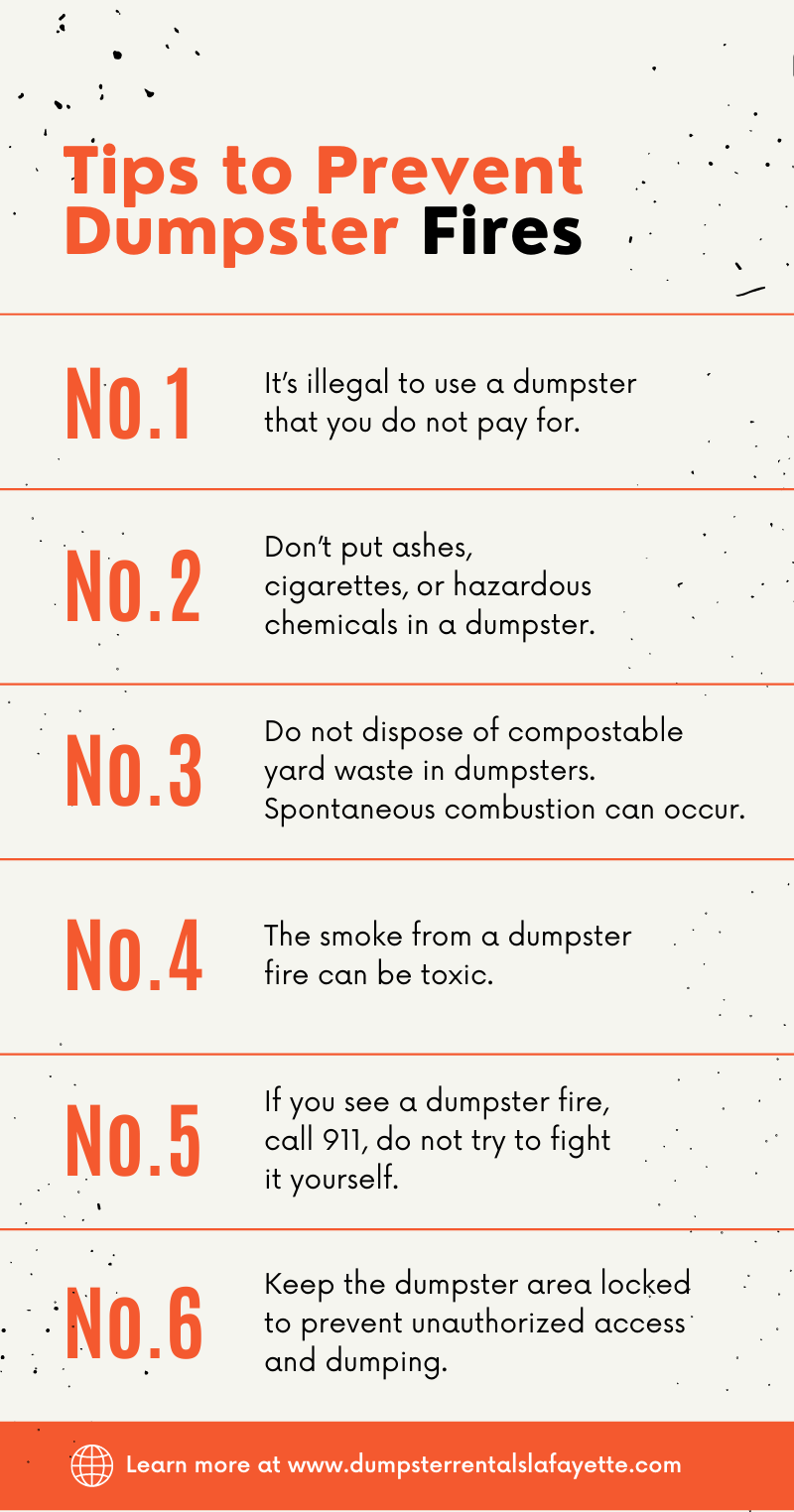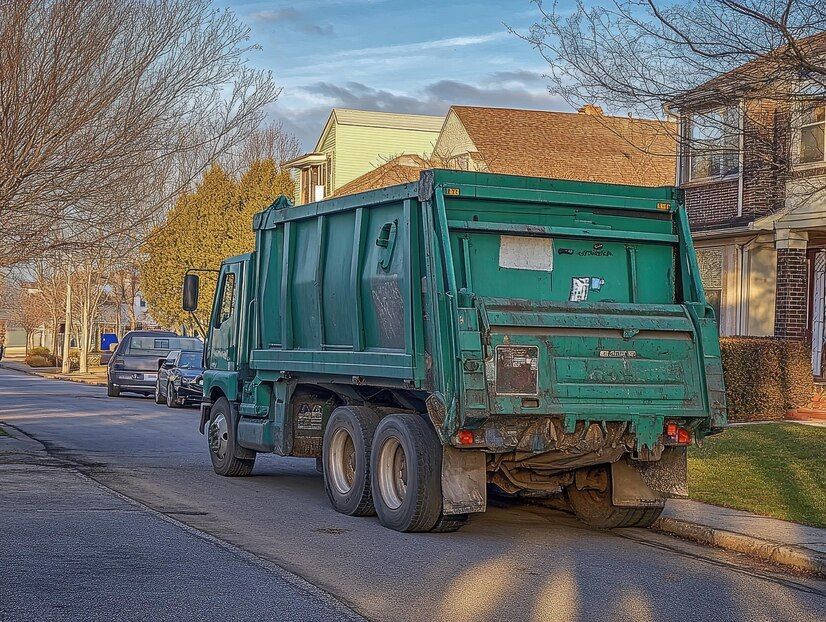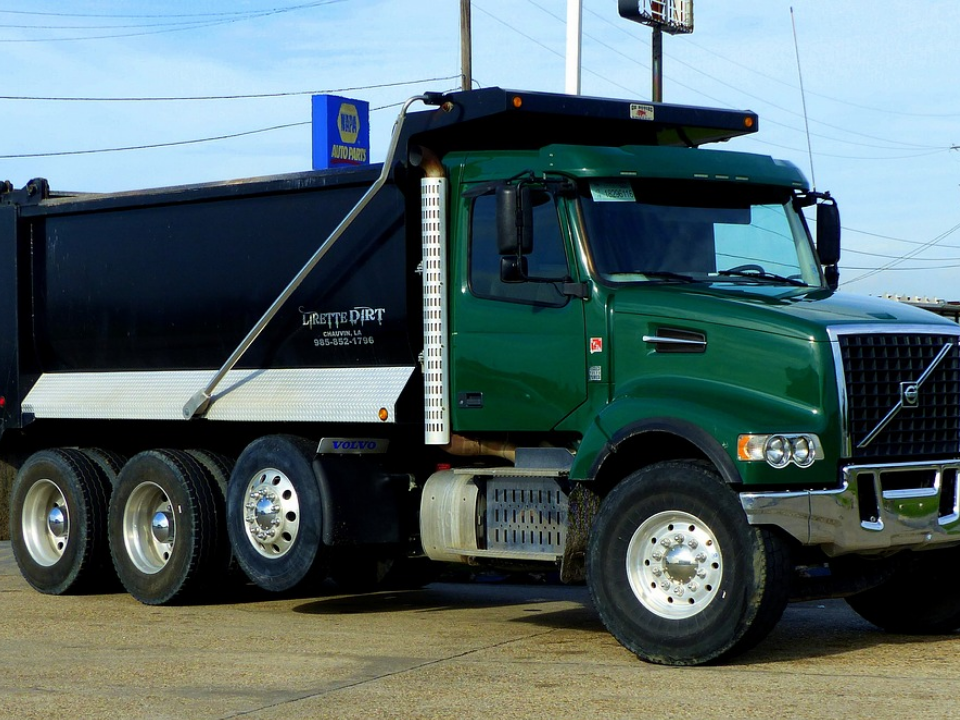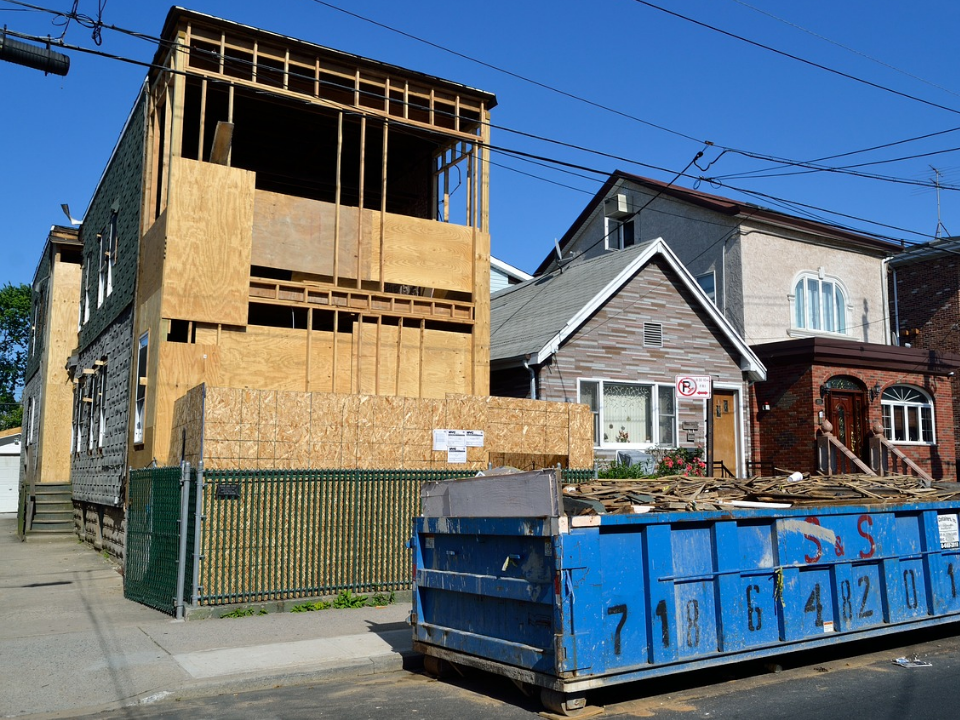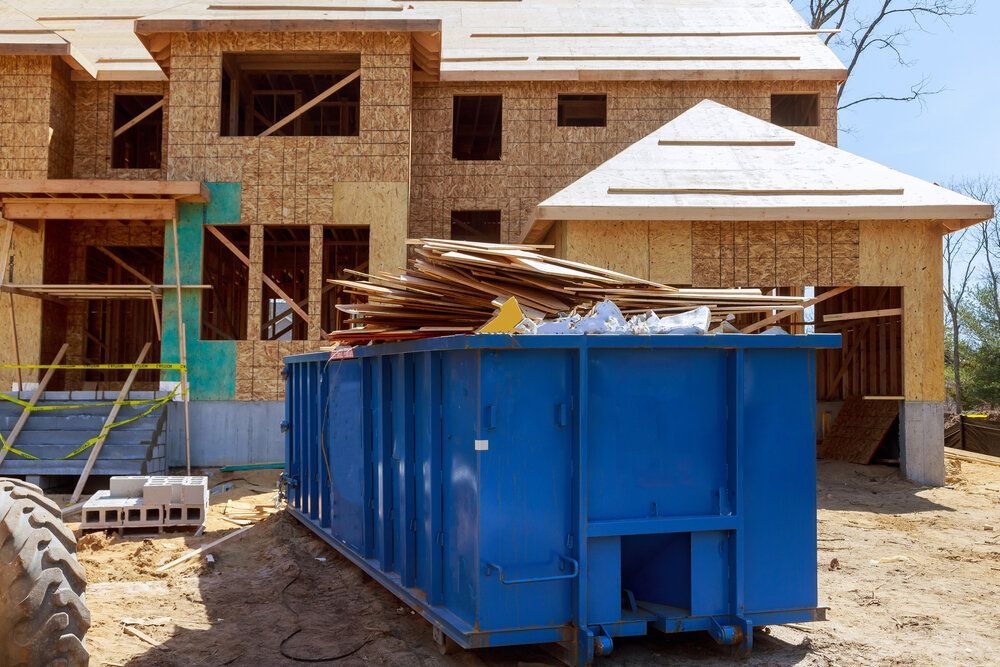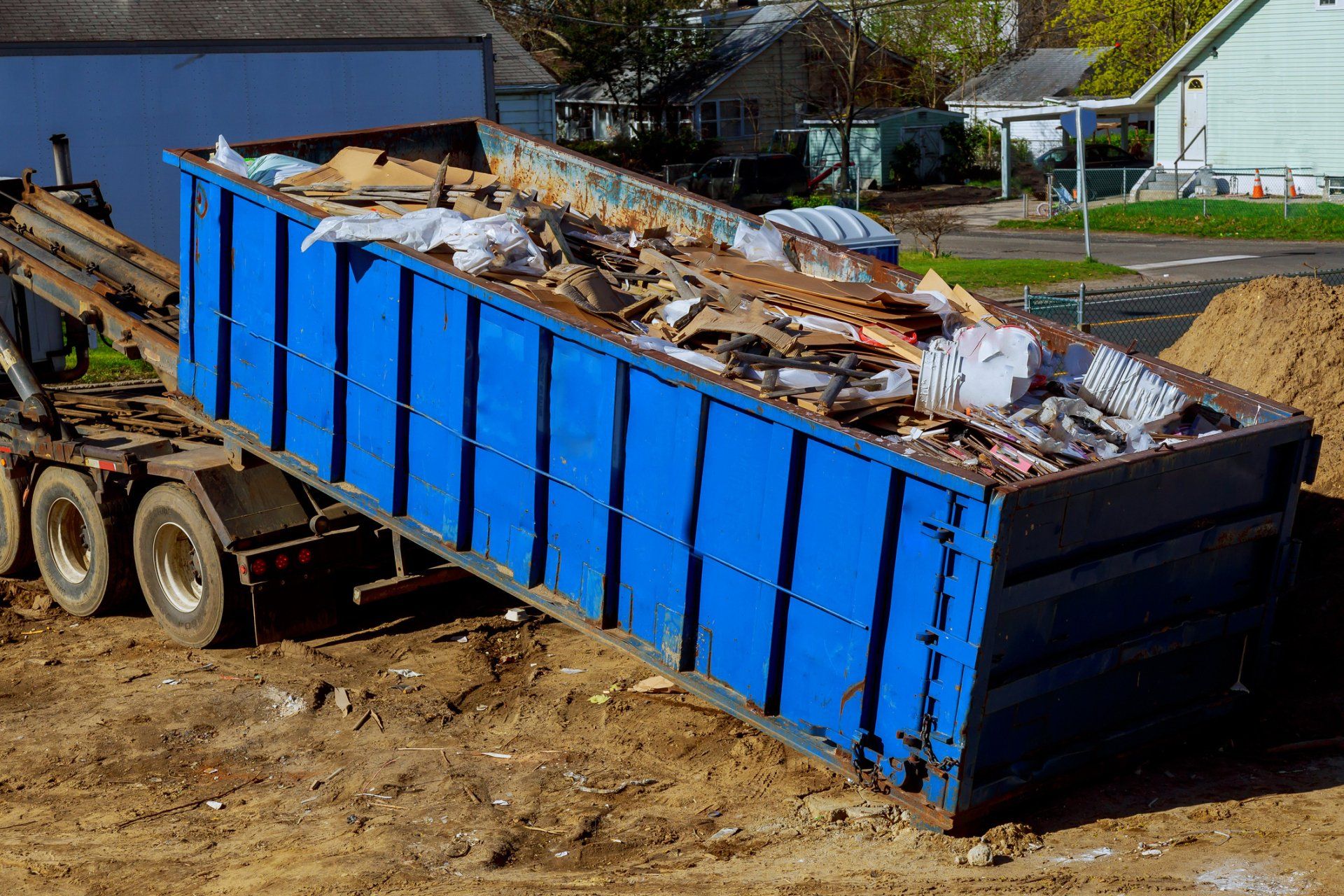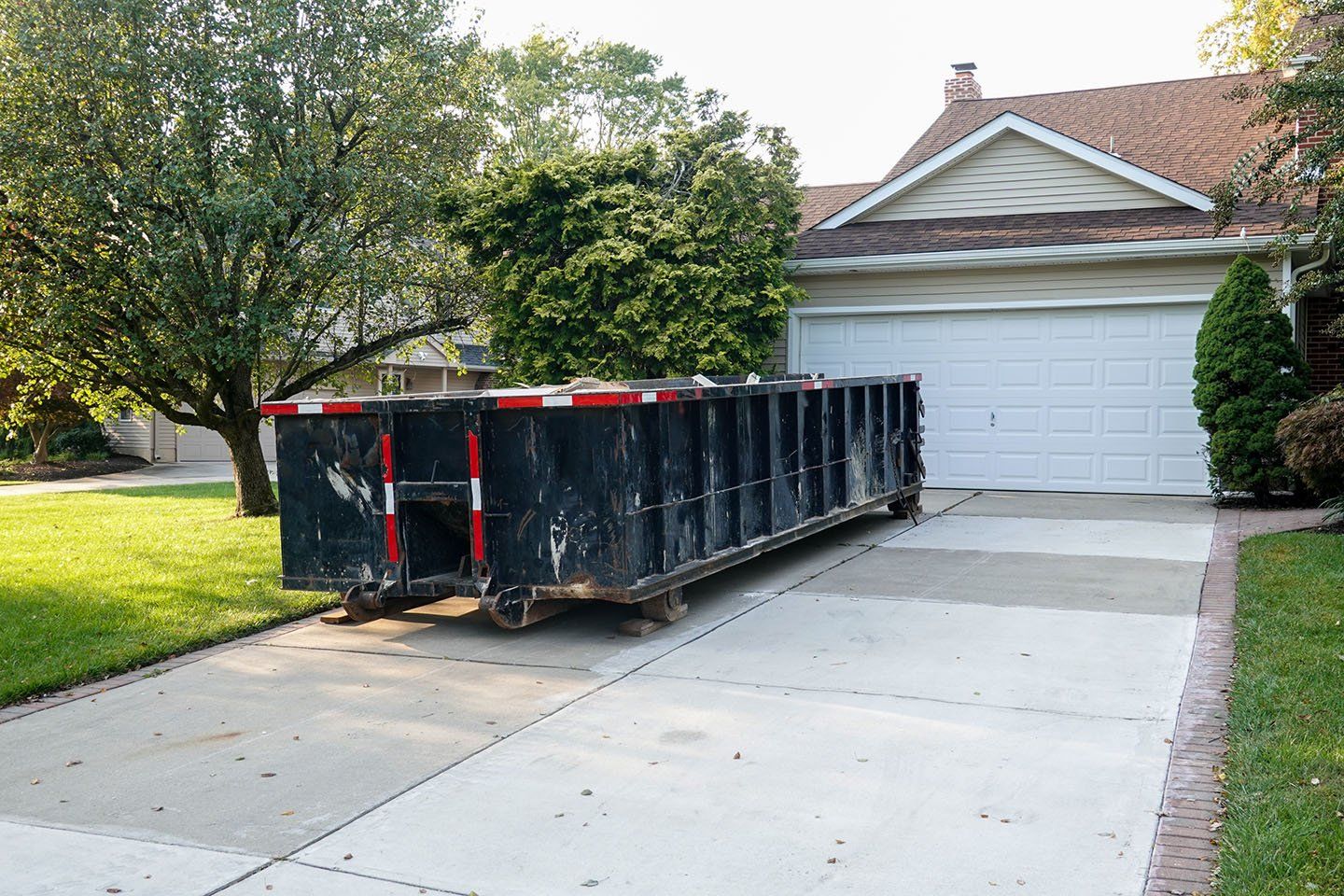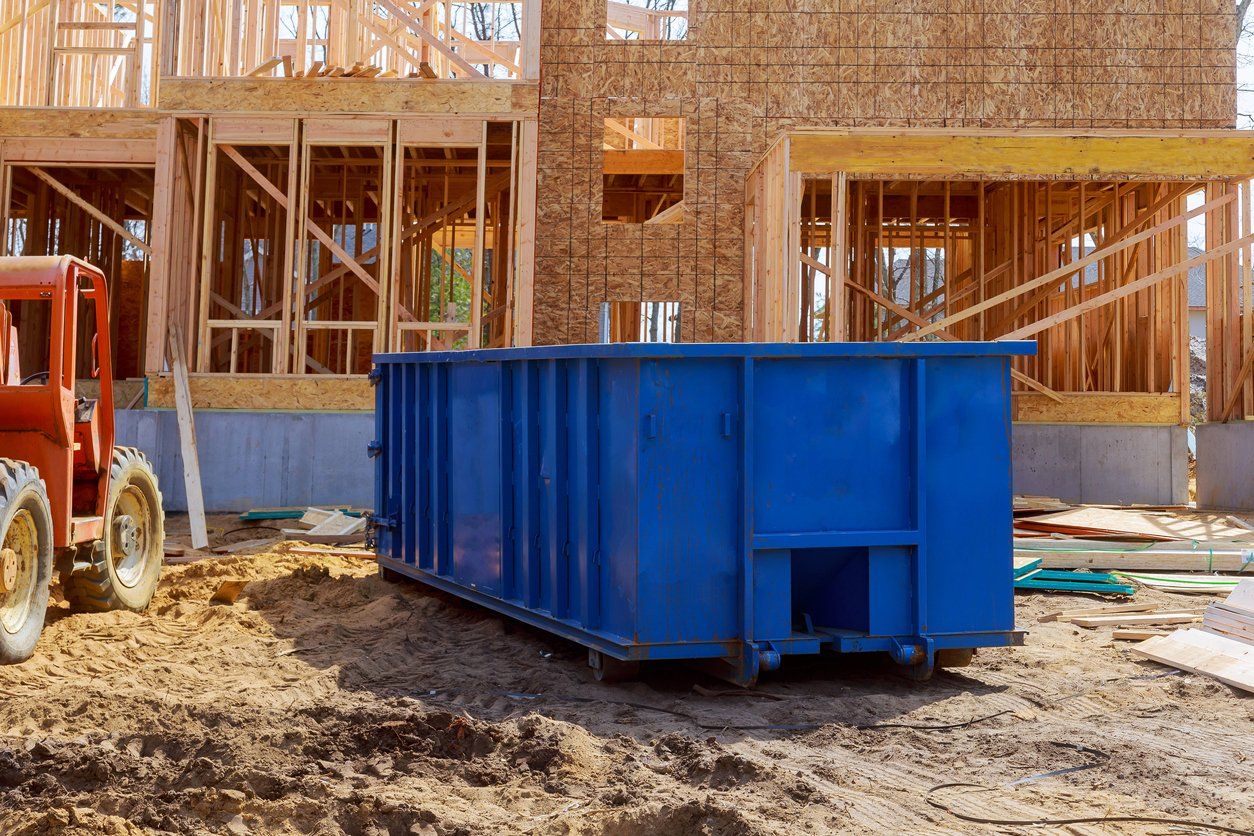How Do Dumpster Fires Start?
Every year, rescue workers are called to many dumpster fires. These fires have the ability to expand and wreak widespread devastation. Dumpster fires, whether triggered by the combustion of hazardous products or vandalism, generate dangerous conditions.
Between May 2019 and April 2020, 333 facility fires were recorded within the waste and recycling sector, accounting for almost 40 percent of all facility fires reported during that time period; that's a substantial amount sourced from the waste and recycling industry alone.
Fires can start when hazardous and technological waste products are dumped in the trash rather than adequately recycled. Sadly, it does not end at the dumpster. On windy days, dumpster fires can quickly spread. Wind feeds fires and disperses embers, which can move to regions near the dumpster and ignite a larger, more dangerous wildfire.
Hazardous and electronic waste containing lithium-ion batteries is frequently thrown away in trash or recycling bins, which are collected by a garbage truck and sent to a facility where the waste is deposited, sorted, or processed. Fires can start at any point along the way. Batteries can spark and create fire just by being flung around in a metal dumpster or truck.
Cigarette butts and ashes taken out of fireplaces, barbecues, and fire pits are also common culprits of dumpster fires. Extinguish cigarettes and ashes entirely with water and dispose of them in a metal garbage can. Never dispose of these items in dumpsters until they are completely extinguished.
Dumpster fires are deadly because of their unknown and hidden contents. Paint thinners, acetone, propane tanks, gasoline canisters, used motor oil, automobile batteries, and appliances such as freezers contribute to the spread of a fire and the release of poisonous fumes.
If the dumpster is unloaded into the trash truck and anything is smoking, the trash truck can have caught fire. If the smoldering things reach the landfill and are dumped, there will be a landfill fire. Furniture, tires, and building materials such as lumber can smolder for an extended period of time before igniting.
Tips to Prevent Dumpster Fires
